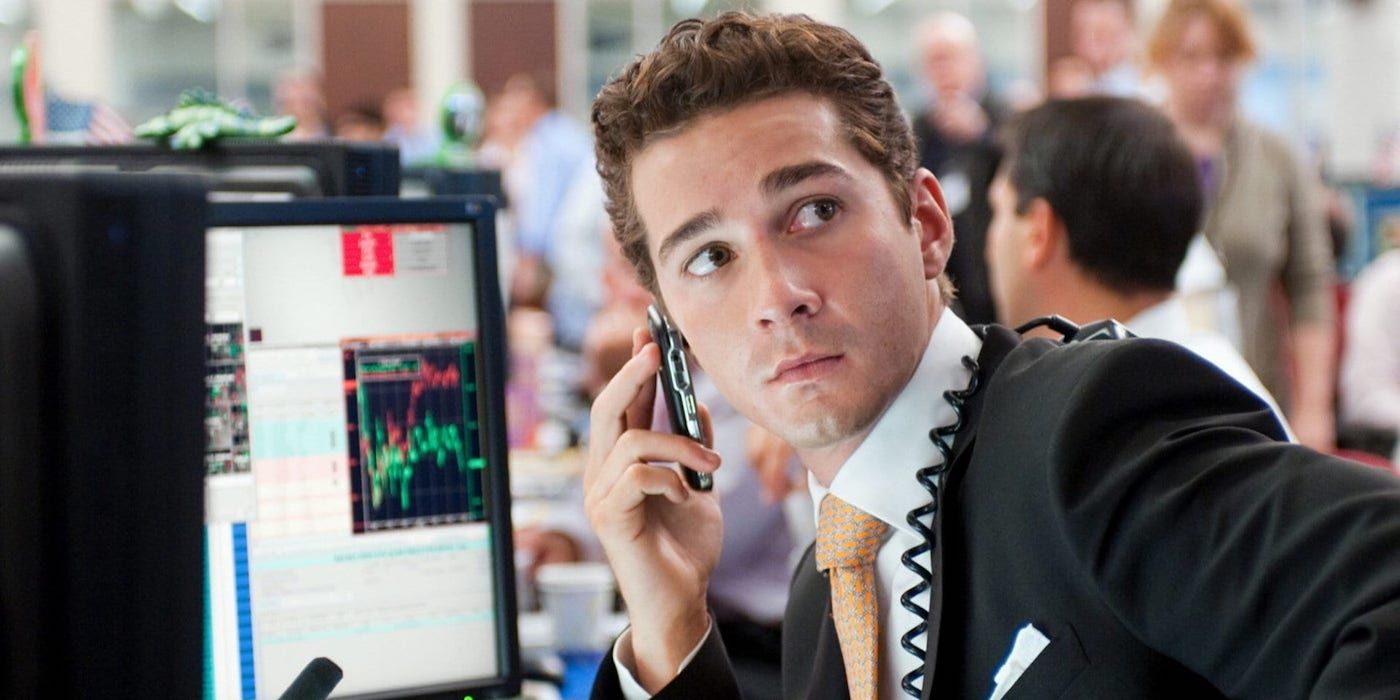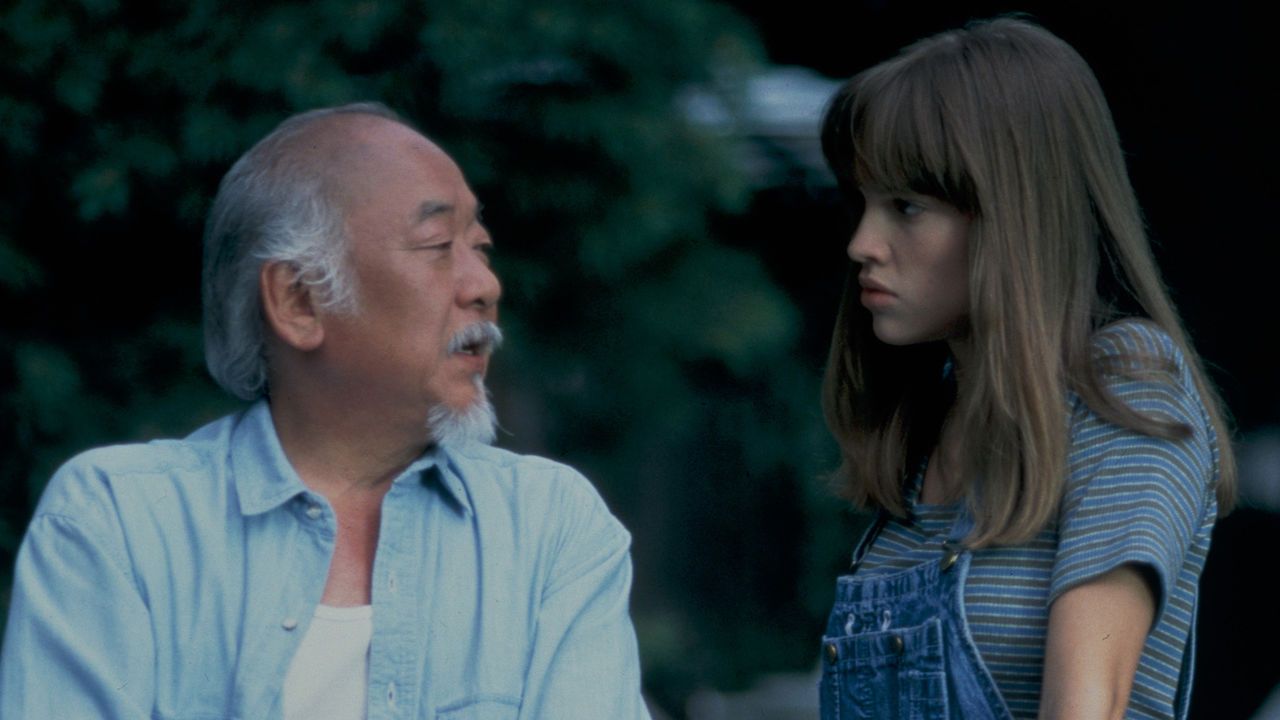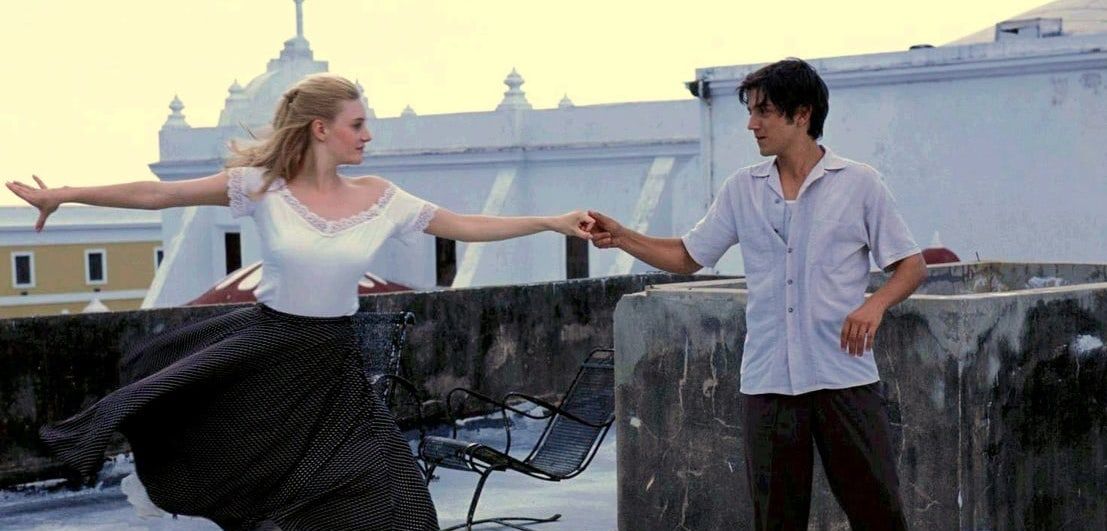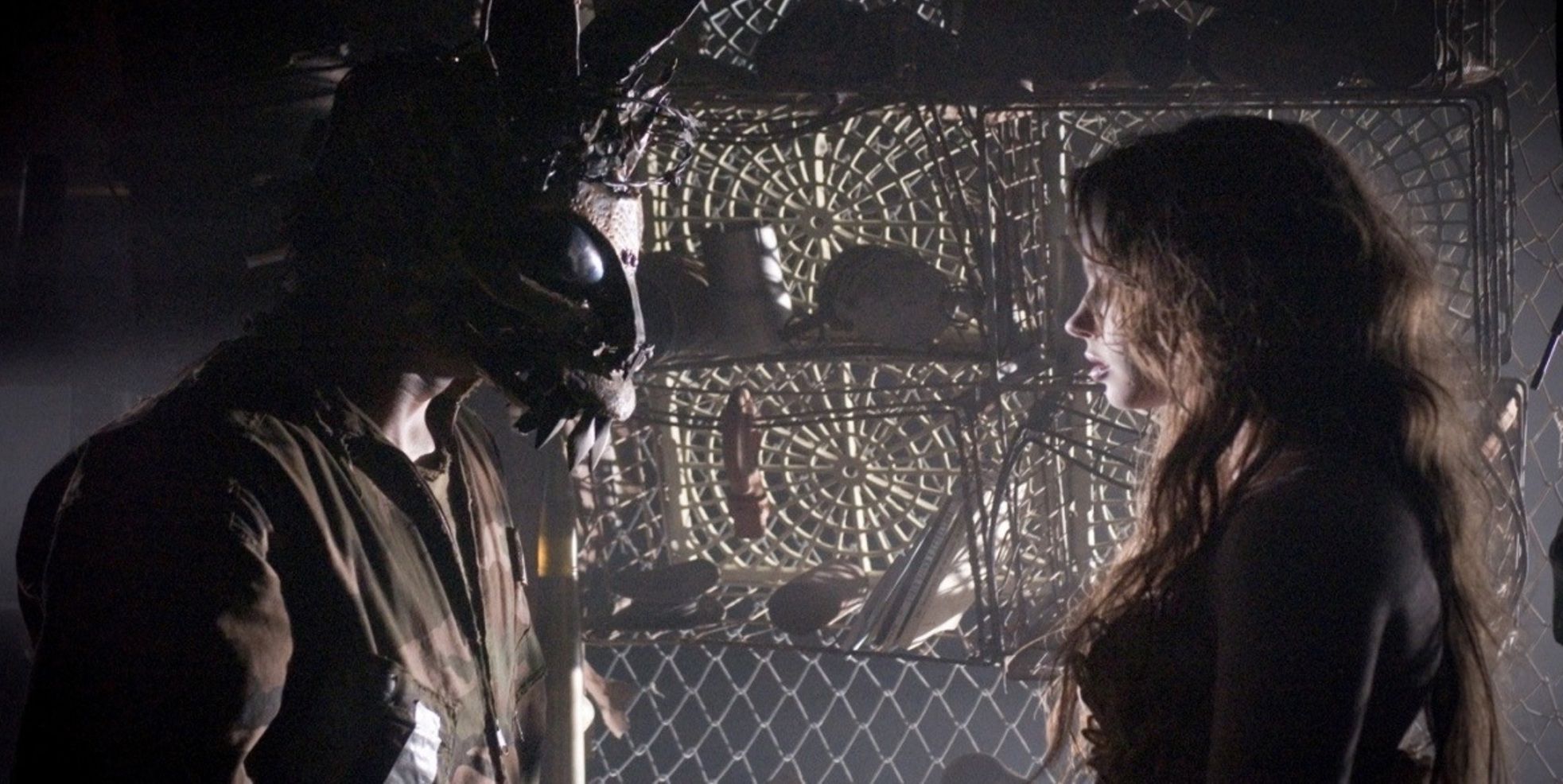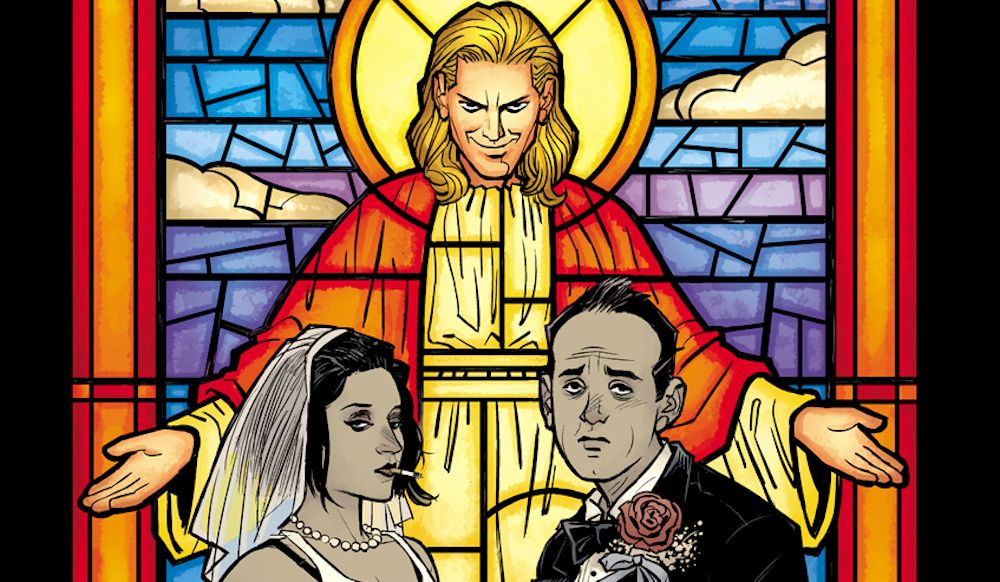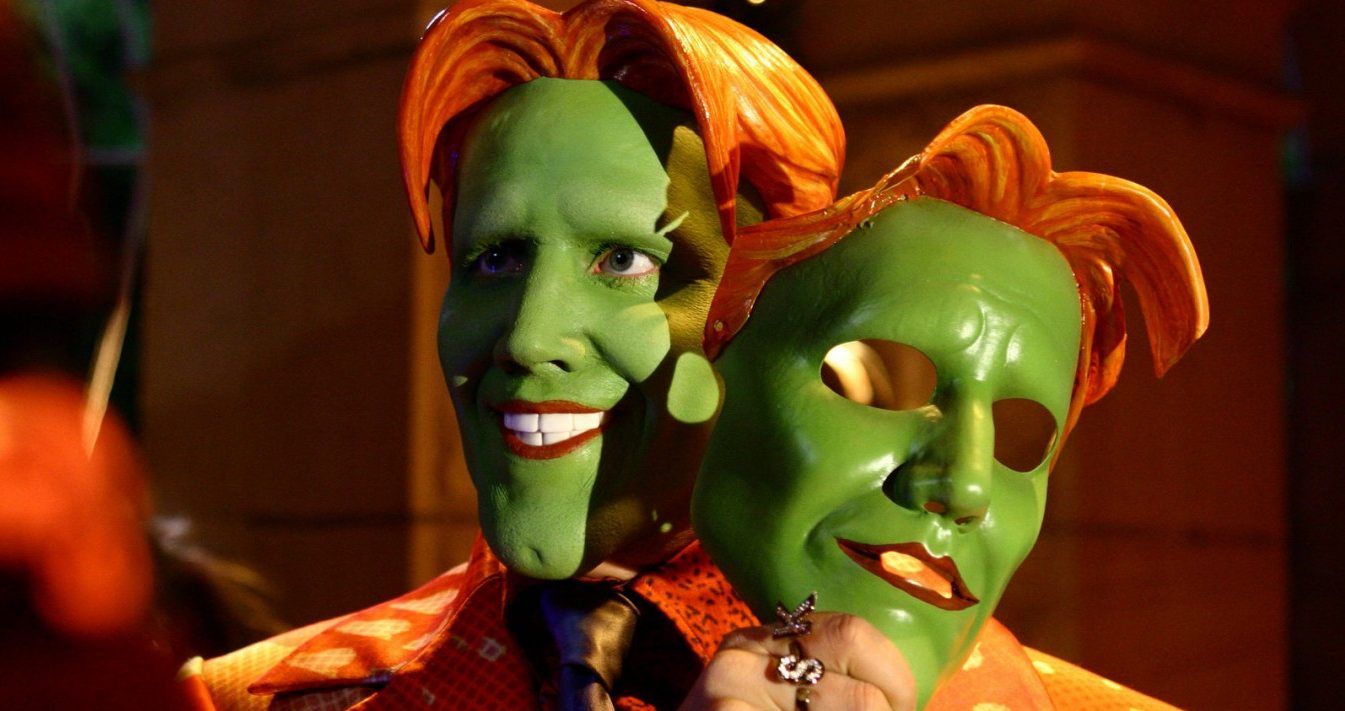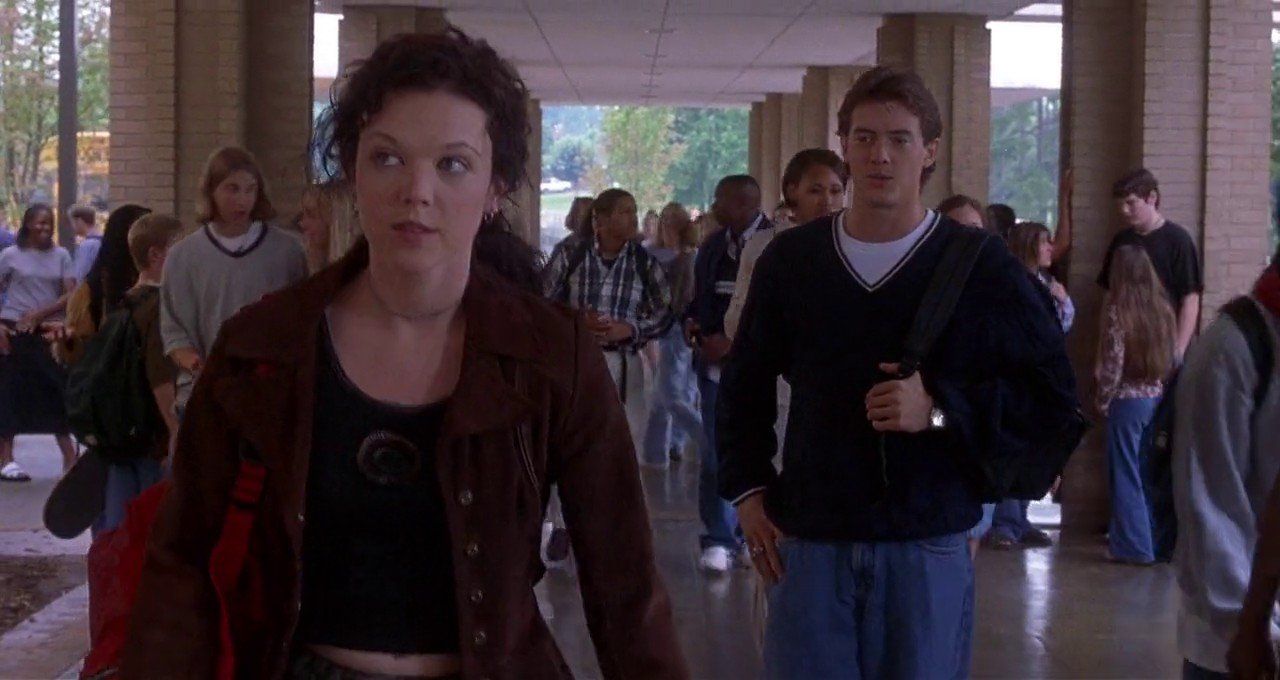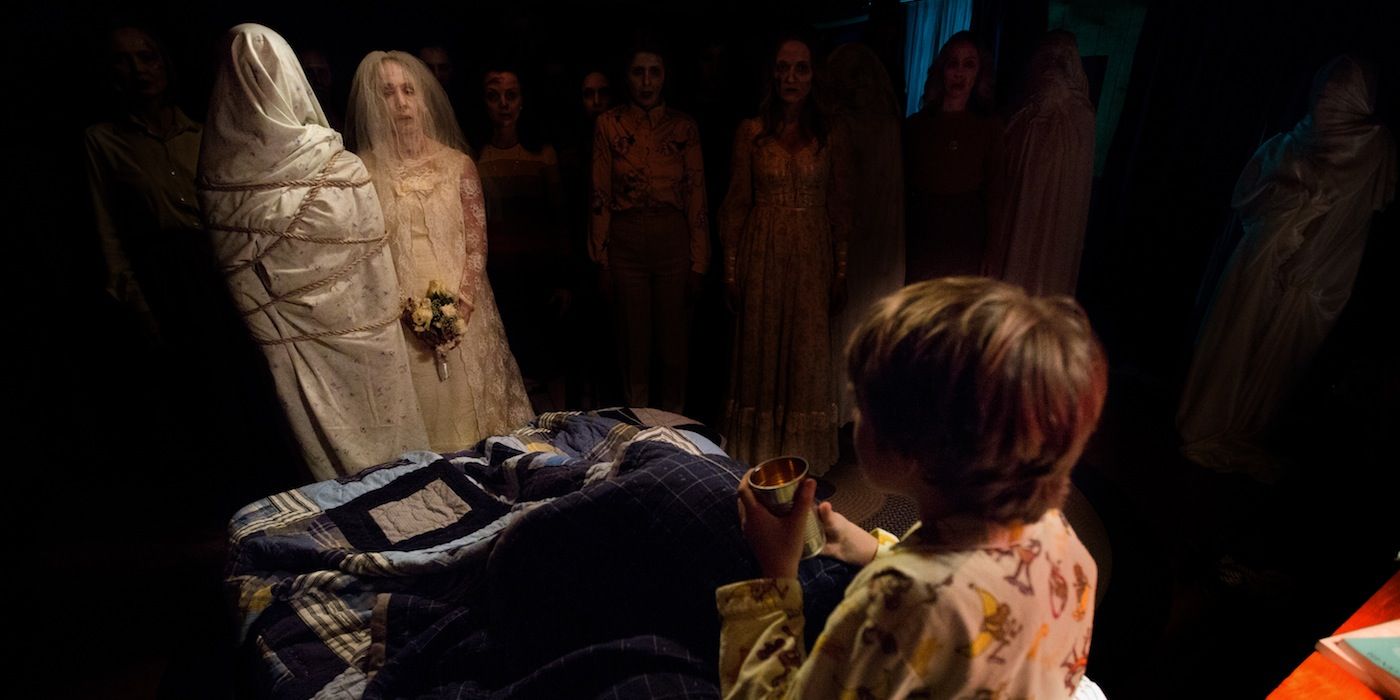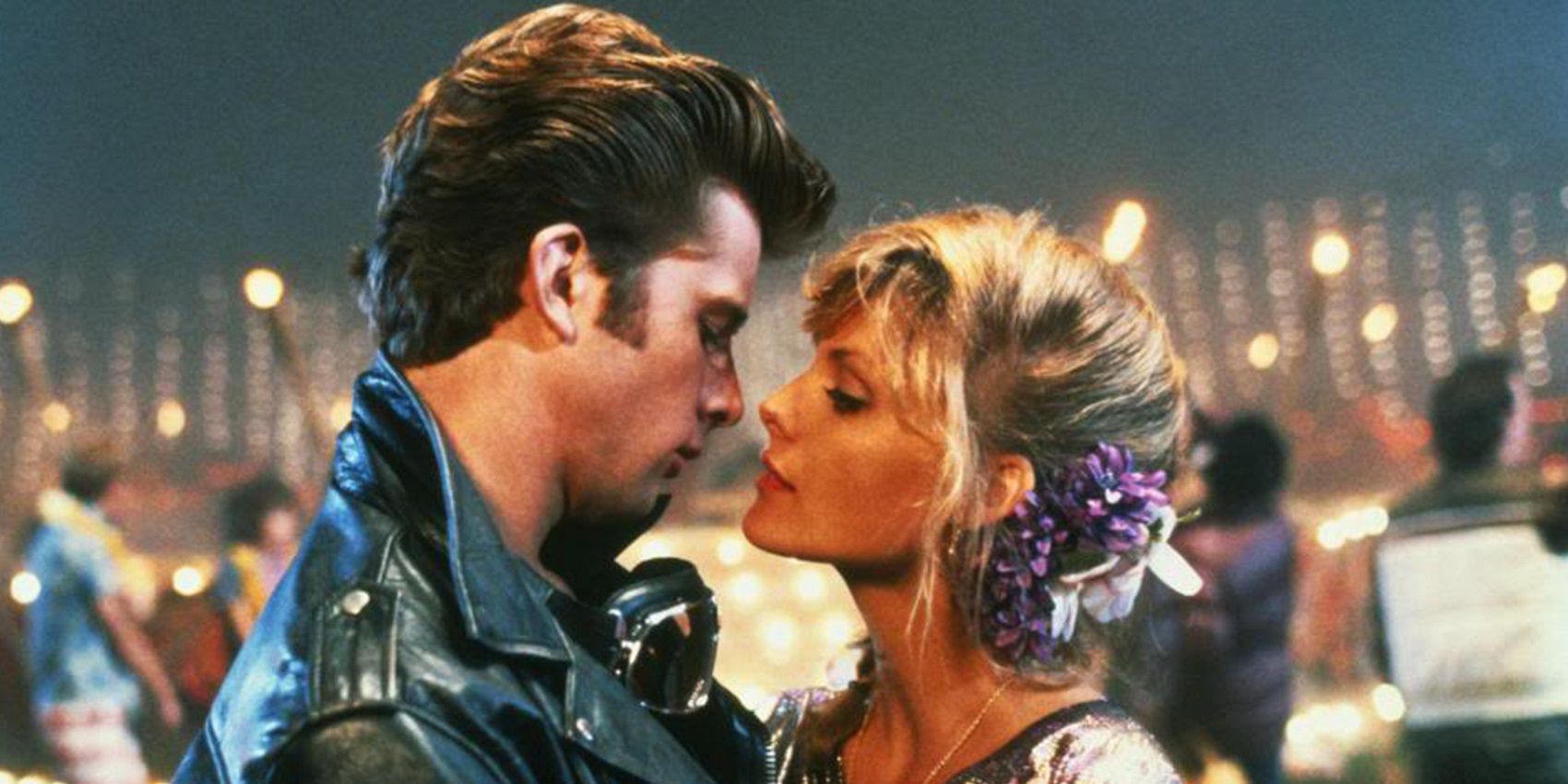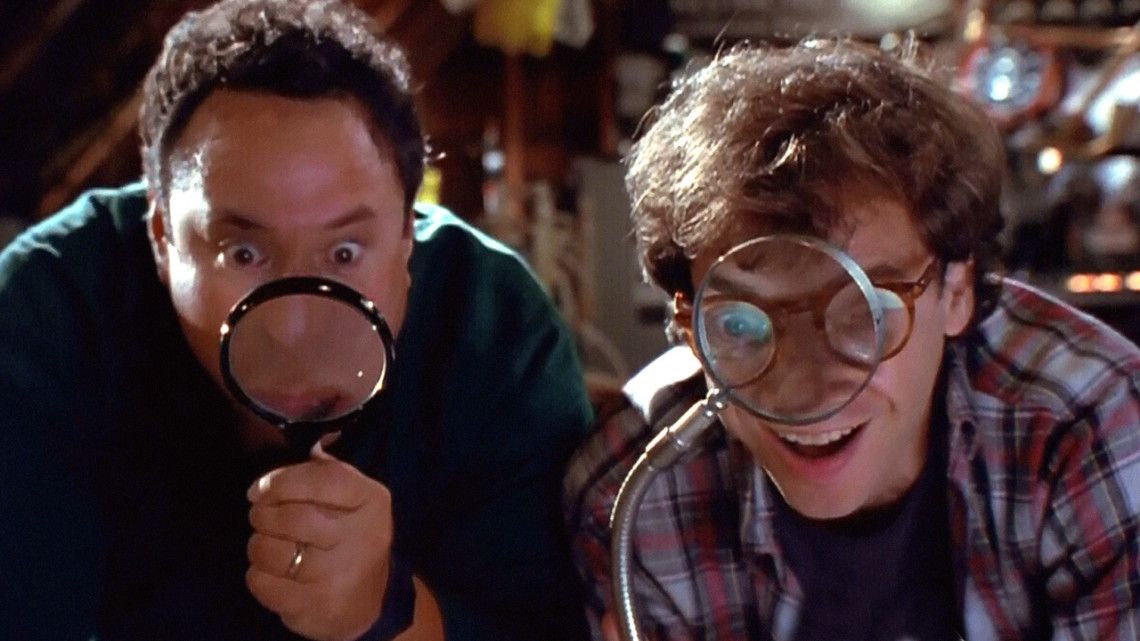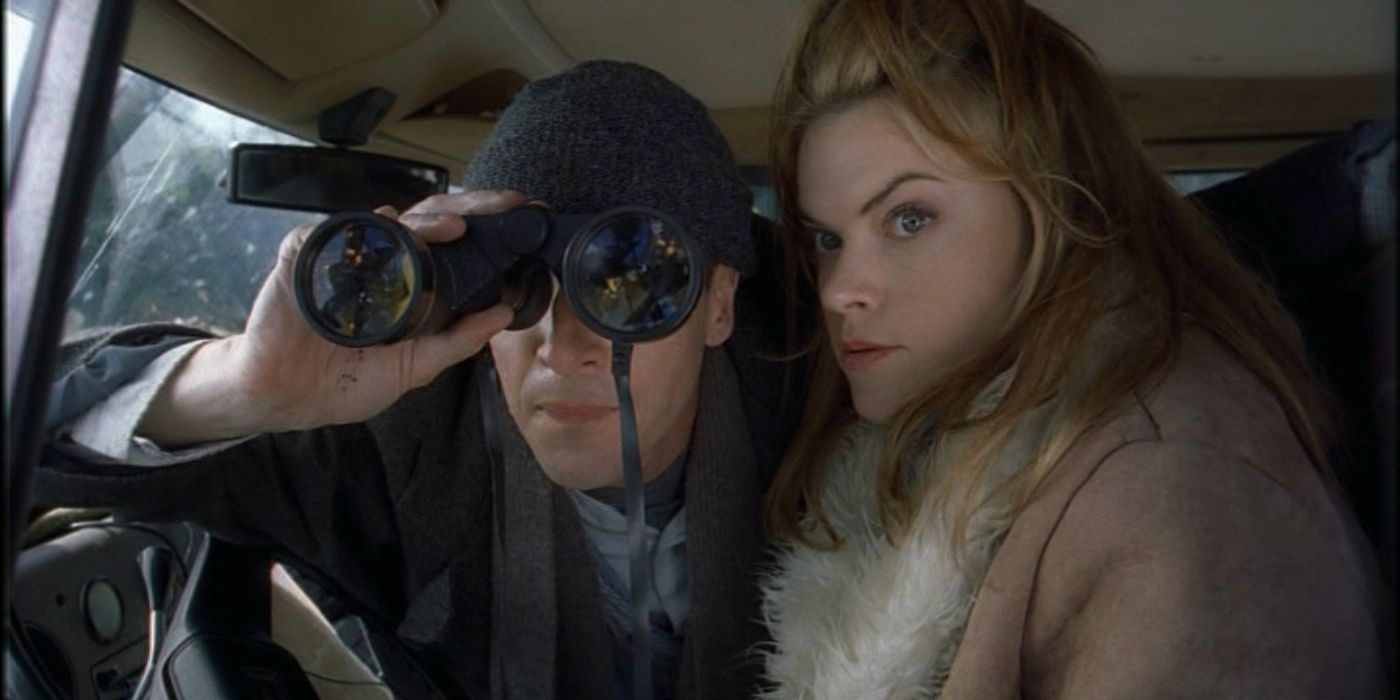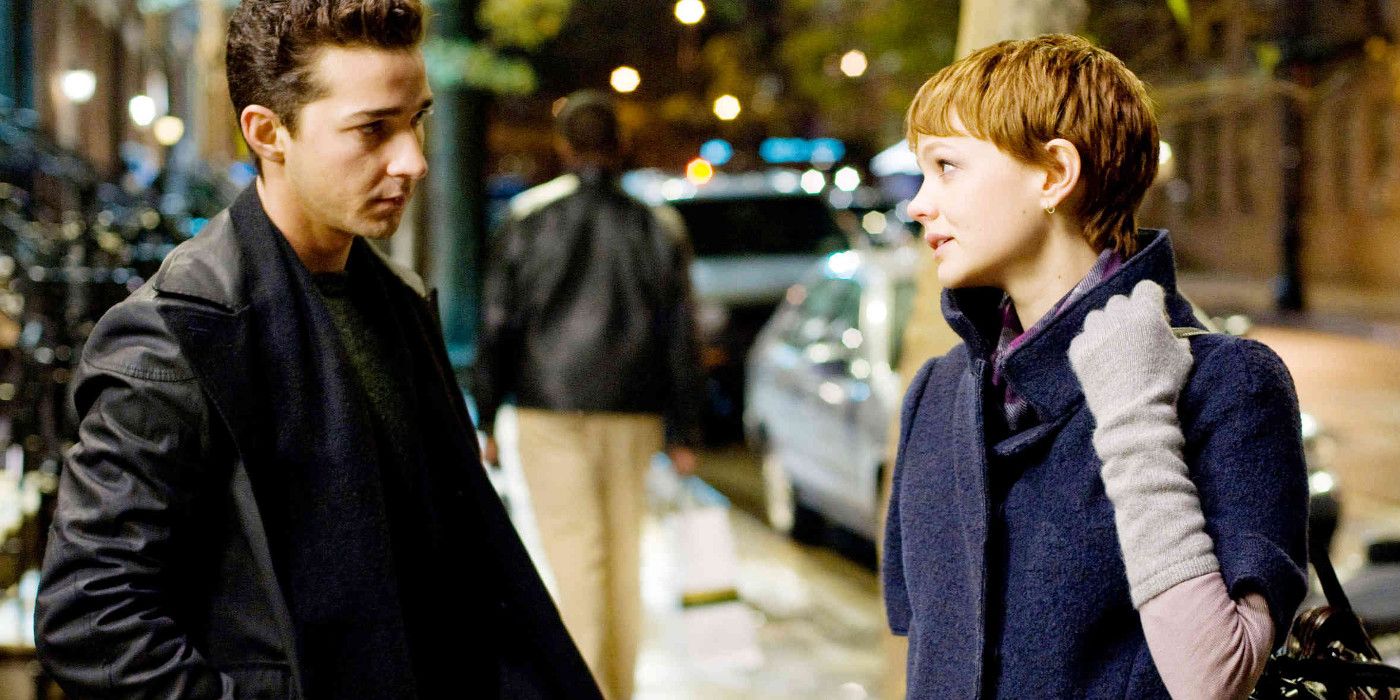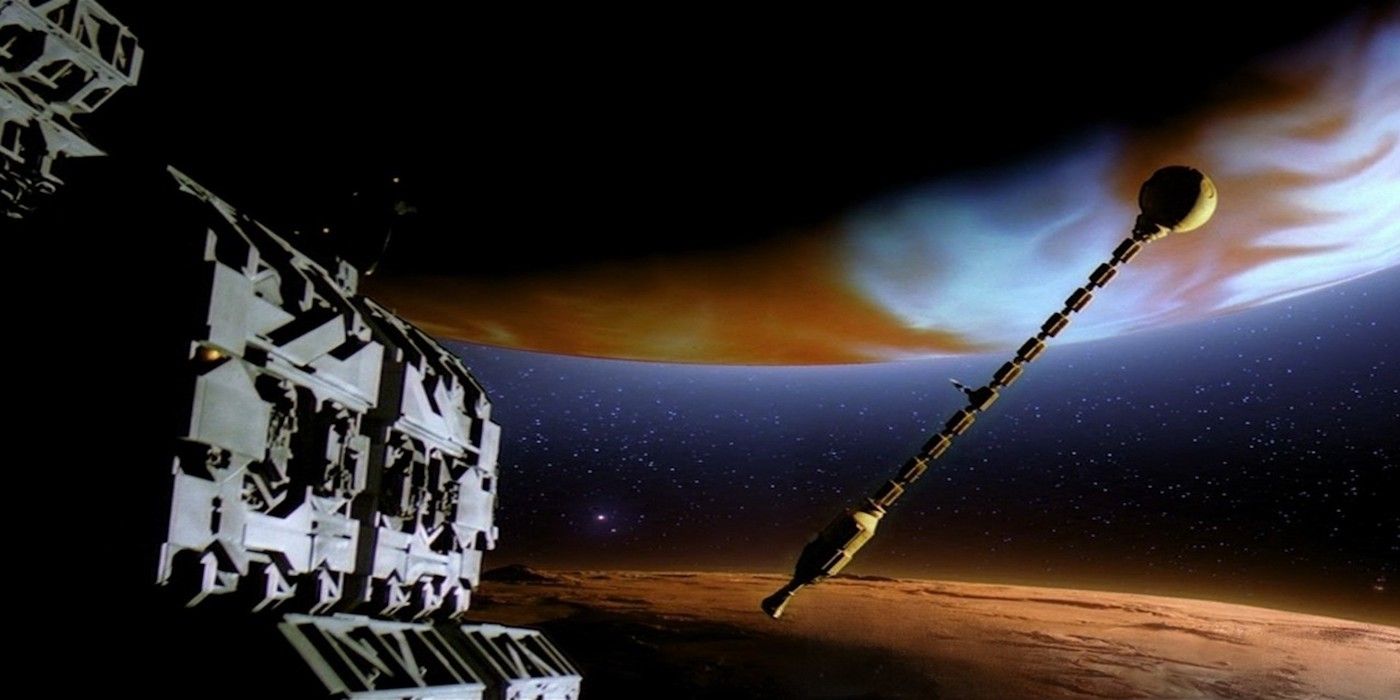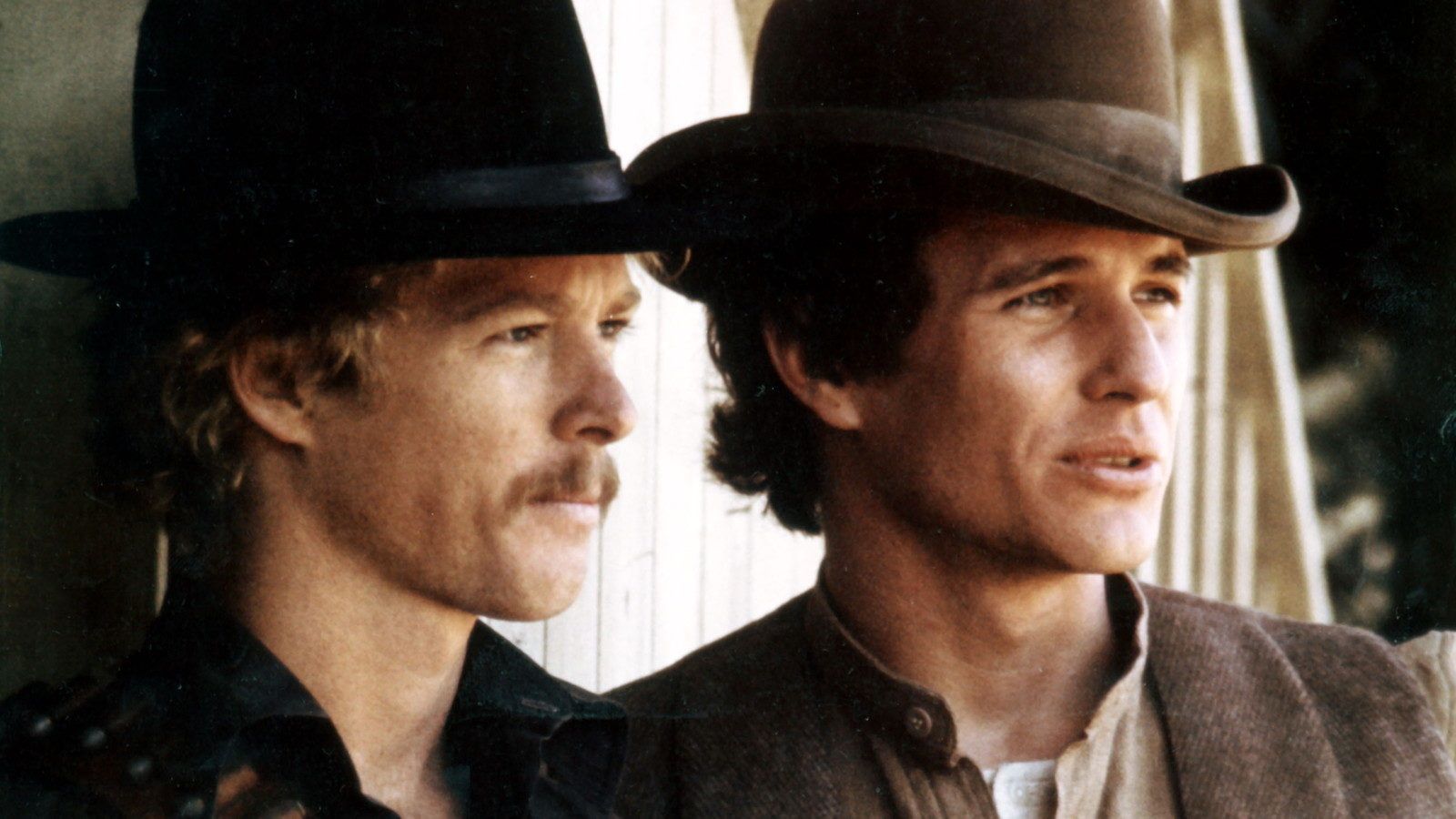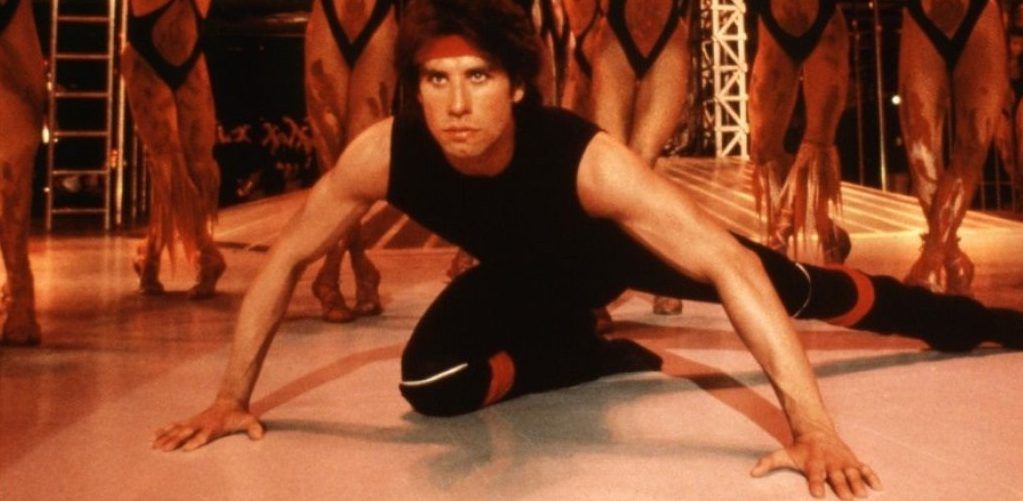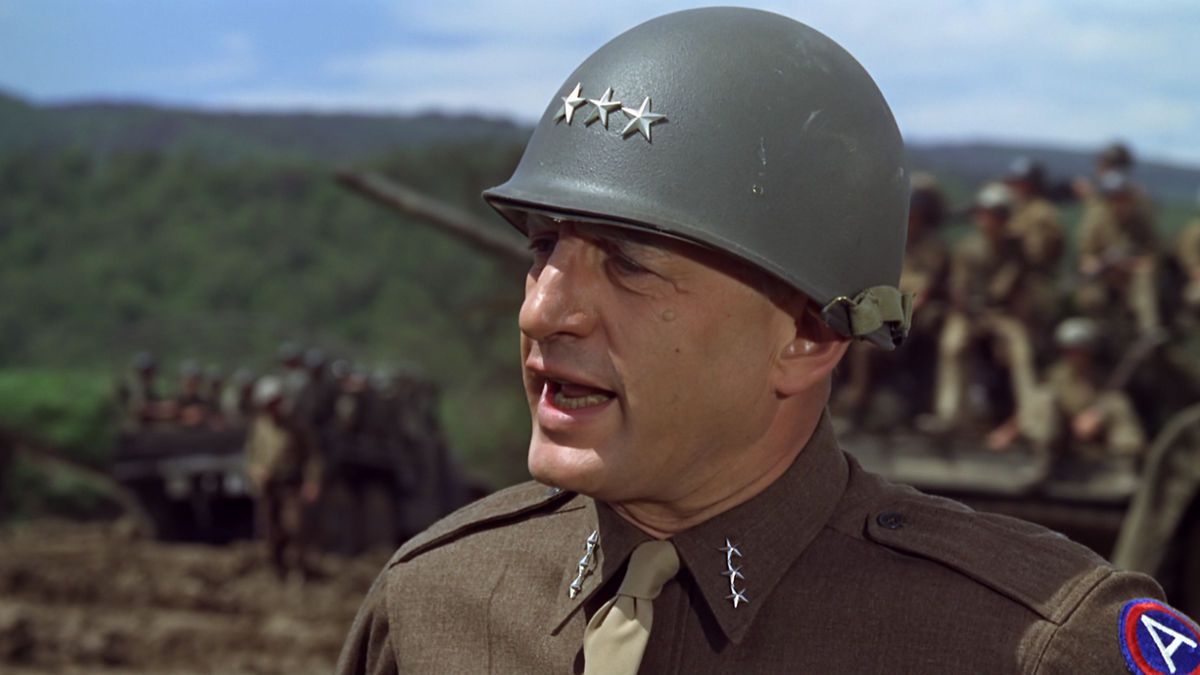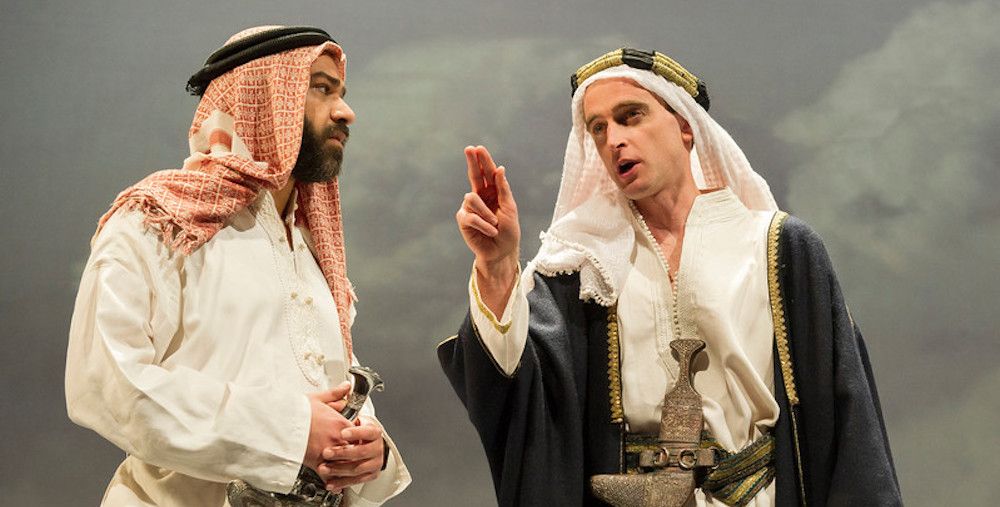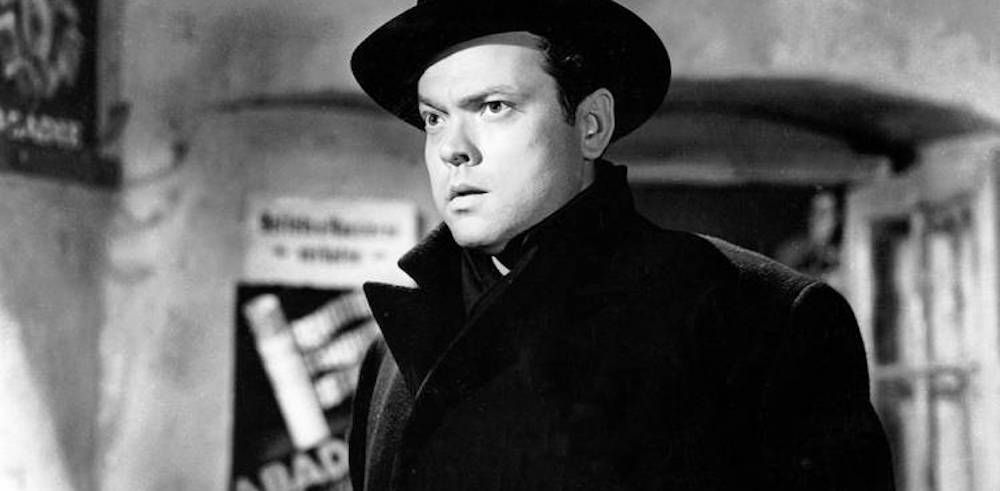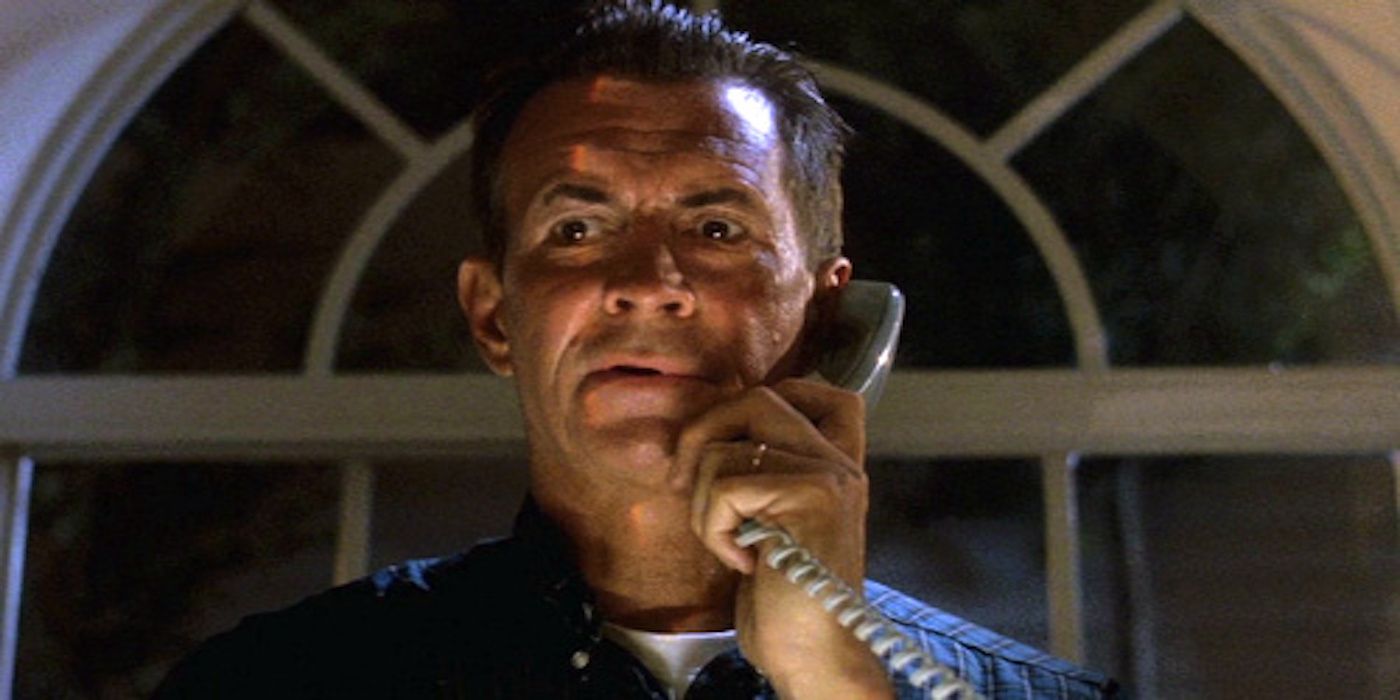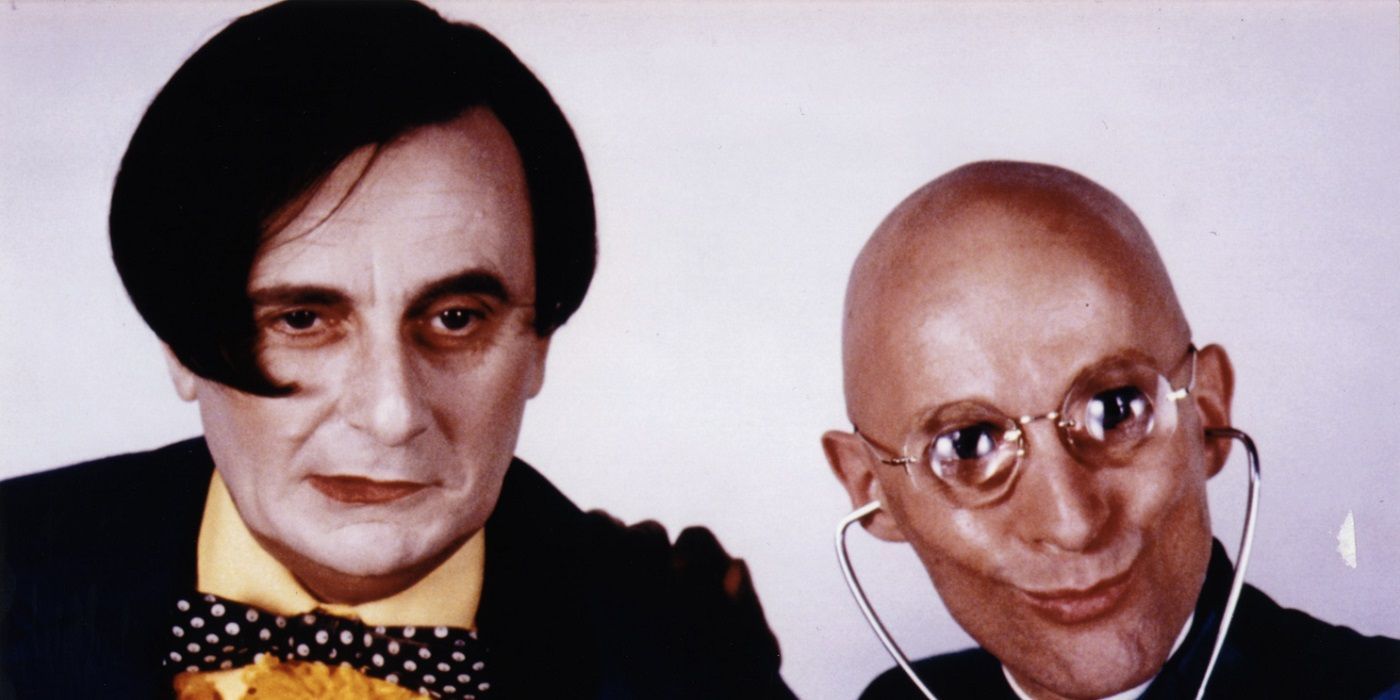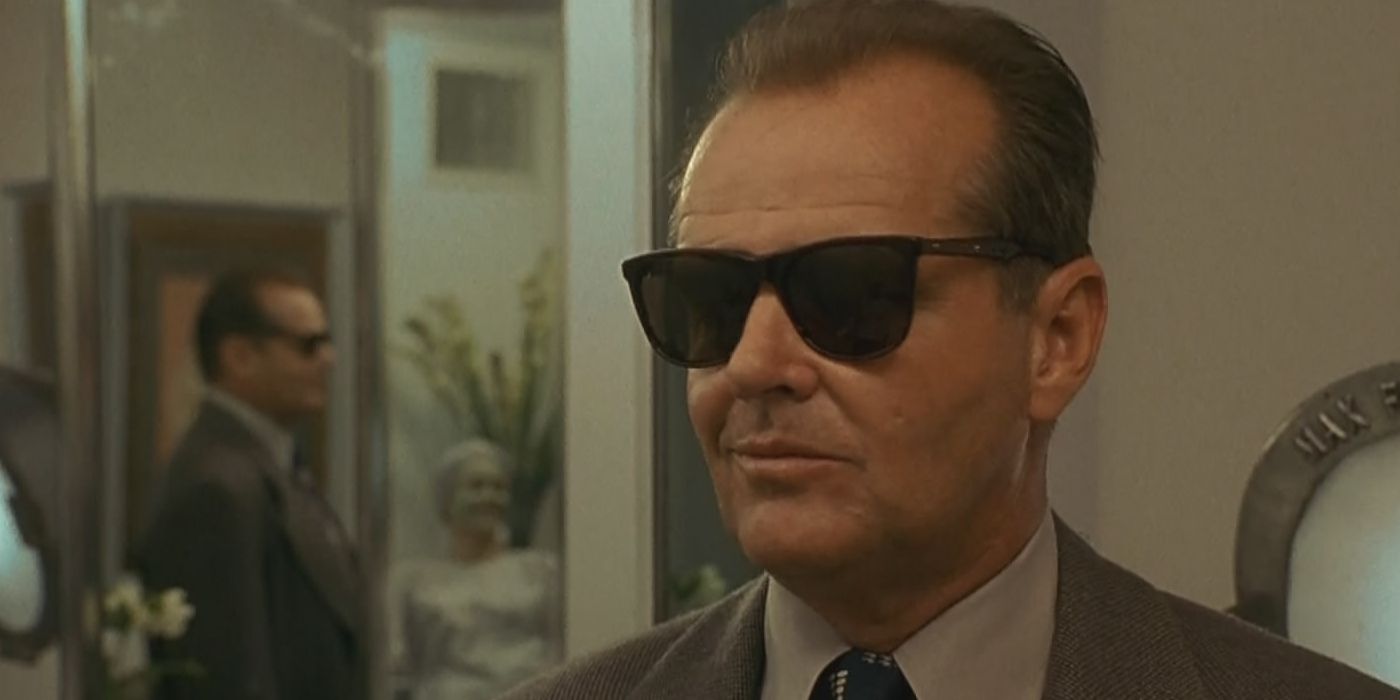The movie industry has entered a stage where sequels and franchises are now part of the norm. It’s practically irresponsible if future movies and sequel packages aren’t something that are put into consideration when a new project is pitched to prospective studios.
Sequels are what succeed, longevity breeds more stories, and elaborate franchises are what the studios want.
With large development details becoming such a public process, it seems like fans are well-aware of the biggest sequels that move forward and those that don’t come to pass.
It was no surprise to moviegoers that James Cameron would be given the green-light to develop multiple sequels for Avatar after it's box office success. Or that the "Dark Universe" wouldn't be making it's way to the big screen anytime soon, after The Mummy's poor box office performance.
Fans are now more receptive to sequels than they’ve ever been in the past, but they’re also savvier and more intelligent when it comes to them.
Most of the time, the goal of a sequel is to continue a larger story and increase a property’s visibility. This means that sequels are obviously made with the intention of succeeding and prolonging a franchise, but this isn’t always the case.
Many of the biggest sequel failures are common knowledge in the industry. However, there is an array of sequels to big films that have surprisingly managed to stay out of the spotlight, which is a good thing for most of these movies.
Here are the 30 Forgettable Sequels That Only True Fans Remember.
The Next Karate Kid
The Karate Kid turned out to be an unexpected hit and even garnered Pat Morita an Oscar nomination for his work in the movie. The Karate Kid gave birth to two sequels that continued to push Ralph Macchio’s titular Karate Kid to new heights in the field of Martial Arts.1.
At a point, Macchio’s age started to show and the series was “rebooted,” so to speak, with Morita’s Mr. Miyagi training a new female karate protégé (played by Hilary Swank).
The Next Karate Kid couldn’t summon the same chemistry as its predecessor, unfortunately, but at least it didn’t hold back Swank from finding success.
Dirty Dancing: Havana Nights
The original Dirty Dancing is classic love story, but when people think of things that are missing from the beloved movie, is the Cuban Revolution really the first thing that comes to mind?
Dirty Dancing: Havana Nights tells the same story of forbidden love and rhythm that’s present in the first movie, but the oppressive foreign backdrop feels like a weird missing ingredient to bring into a sequel.
Havana Nights might be a much more obtuse version of the original movie, but one of the small highlights of the movie is Patrick Swayze’s limited appearance as a dance instructor. It’s a cute nod to what’s a much more confident, natural dance movie.
S. Darko
Richard Kelly’s Donnie Darko became a surprising cult smash that helped put a struggling Jake Gyllenhaal on the map for a lot of people.
The mysterious, indulgent sci-fi/horror hybrid didn’t exactly need a sequel, but it embraces its idea and decides to focus on Donnie’s sister, Samantha (Daveigh Chase reprises her role from the original film).
If Donnie Darko was subtle with its heavy message, S. Darko gets right in the audience’s face with its crazy time travel and trippy science fiction theories.
Without Kelly’s involvement or Gyllenhaal to anchor the picture, it’s just a overwrought mess-- but yes, there are more creepy bunny men.
Fight Club 2
Author Chuck Palahniuk is far from the sort of person who treats his work like untouchable gospel, as the writer has turned out some memorable classics that have seen second lives as movies.
While his novels have largely become hits or misses, Fight Club is undeniably one of the author’s better works as well as one of David Fincher’s strongest movies.
In the recent years where nostalgia is king, Palahniuk decided to release a ten-part sequel to his formative work in comic form.
Fight Club 2 contains the same nihilistic wit as the original, but it goes even deeper through the looking glass.
Palahniuk even writes himself into the story in a way that’s just as cringe-worthy as it is appropriate.
Son Of The Mask
Son of the Mask, much like Ace Ventura Jr.: Pet Detective, is a soulless sequel that came out far too late for anyone to take it seriously or care.
The original Jim Carrey movie from the ‘90s contains some of the best work from Carrey’s career, but this sequel misses the point entirely.
Jamie Kennedy is a poor substitute for Jim Carrey, but it’s the baby of Kennedy’s character that’s the real focus of the mask’s desires.
Though many consider the original a fan-favorite, Son of the Mask is one of those rare sequels that actually takes away from the original film.
The Rage: Carrie 2
The Rage: Carrie 2 is pretty much as shameful as secrets come.
As most of the characters from the original story, including the infamous Carrie White, don’t exactly make it out okay, Carrie 2 is largely a reboot that looks at an entirely new cast of characters that merely deal with a similar problem as the one in the original movie. Why even call it Carrie?
While Carrie 2 doesn’t have a character named "Carrie" in it, it tried to profit off its predecessor which didn’t work out in their favor.
The Rage is an angst-ridden sequel that fails to capture the same energy as the Stephen King classic. It feels like a cash grab that shamelessly cribs the Carrie name to make this story of telekinesis feel more exciting than it actually is.
Look What’s Happened To Rosemary’s Baby
Some of the greatest horror movies of all time are so powerful because they intentionally go out on chilling, ambiguous notes.
Even though it might be tempting to revisit some characters, sequels absolute destroy that ambiguity and take away a lot of the magic that made the original special in the first place.
Look What’s Happened To Rosemary’s Baby is a TV movie that does exactly that, as it takes the Omen route and watches Adrian’s mother attempt to raise a young version of the Antichrist.
Additionally, Mia Farrow doesn’t return, which should be the first sign that something’s wrong here.
Grease 2
Sometimes sequels to musicals can be huge successes. For instance, a massive sequel to Mamma Mia! is set to see release later this year. That being said, some musicals are colossal failures and the less said about them, the better.
Grease 2 wasn't just a disappointing sequel, it was also a disappointment in song and dance department.
Grease 2 naturally features different characters and stars than the original. While it has a lot of heart, the songs are clunky, forgettable messes for the most part.
It’s easier to pretend that this sequel doesn’t exist, but it’s some fun, campy trash for when the mood is right.
Honey, We Shrunk Ourselves
Honey, We Shrunk the Kids is a modest, fun science fiction movie that looks pretty incredible for the time. Due to the movie's success and the vast scientific abilities of the family within the film, the prospect of a sequel made a lot of sense.
Honey, I Blew Up the Kid goes in the opposite direction and sees the family’s toddler grow gigantic in size as opposed to shrinking him down.
However, even further down the road, a lesser known sequel was put together where Rick Moranis’ plucky scientist ends up shrinking himself along with the rest of the parents and it’s up to the children to save the day.
Home Alone 4: Taking Back The House
Home Alone and its sequel, Home Alone 2: Lost in New York, are beloved movies that helped put Macaulay Culkin on the map.
The original team involved decided that the series had run its course, but that didn’t stop other people from telling more slapstick home invasion stories.
Home Alone 3 steps away from Kevin McCalister, but the fourth movie in the series, Home Alone: Taking Back the House, re-introduces not only Kevin, but also Marv the Wet Bandit who now has a villainous wife by his side.
Home Alone: Taking Back the House is a disappointing return of Kevin and company and it’s even more uninspired than the third movie in the series.
Wall Street: Money Never Sleeps
Society has certainly entered a chapter where it’s become quite fashionable and profitable to return to titles and properties from many years in the past.
Suddenly, old cult hits are seeing new life decades later and it’s leading to very mixed reactions.
Wall Street is a cult classic from 1987 that starred Michael Douglas, Charlie Sheen, and Martin Sheen. Sadly, it's sequel wasn't as well received.
Oliver Stone decided to make a sequel to his popular movie, Wall Street, more than twenty years after the original came out.
Admittedly, the themes of greed and corruption from Wall Street are even more relevant now, so a sequel does make sense. Unfortunately, it had to throw in Shia LaBeouf as the unnecessary voice of the next generation.
2010: The Year We Make Contact
The movie 2010 is a modest effort that isn’t necessarily bad-- it just follows the impossible task of attempting to follow-up Kubrick’s monumental sci-fi classic, 2001: A Space Odyssey.
The flick is actually closer to Arthur C. Clarke’s original source material, but it’s just a terrifically more normal picture.
Furthermore, many people would appreciate not having the mystique of 2001 be ruined for them and that’s kind of the goal of 2010, by and large.
The movie still amounts to an interesting sci-fi film that offers up some fascinating ideas about the future, but it probably would have been better if they had changed the name entirely and pushed the material even further.
*18. Butch And Sundance: The Early Days
Butch Cassidy and the Sundance Kid’s freeze frame ending is such a memorable conclusion to a movie that it’s clear that any sort of future work in the universe would have to be a story that looked at the duo’s formative years.
Butch and Sundance: The Early Days does exactly that and looks at how the rascals got together and some of their earliest exploits.
The movie came out ten years after the original, but it feels much more like an idea that lines up with the current cinema landscape. Forced prequel stories that nobody asked for is commonplace now and these guys were well ahead of the curve.
Staying Alive
Staying Alive is as big and bad as sequel spectacles get. The movie is a flashy, unsubtle '80s sequel to the classic Travolta dance film, Saturday Night Fever, and what's even worse is that it's devoid of the passion that makes the original movie such an enjoyable experience.
Staying Alive was released in 1983 and has a 0% score on Rotten Tomatoes, but it was a success at the box office.
What's confusing about this sequel is that it's written and directed by Sylvester Stallone/
It takes Travolta's Tony Manero out of disco dancing and into the world of musical theater. It's a bewildering experience, but the musical “Satan's Alley” must be seen to be believed.
The Last Days Of Patton
It's always a risky gamble when actors choose to reprise famous roles that won them critical acclaim, or in the case of George C. Scott, an Academy Award for Best Actor.
Scott gave an unforgettable performance in Patton, but it's quite unusual to see him return to the role 16 years later for a TV movie.
Not only that, but the movie removes Patton from the battlefield and instead depicts his final days, many of which have him detained to a hospital bed in paralysis.
It's a bizarre role in a bizarre biopic, but perhaps Scott was just eager to close the door on this important role from his life.
Lawrence After Arabia
Even the title of the TV movie sequel to Lawrence of Arabia sounds like sketch from a comedy series. Lawrence After Arabia screams "silly sequel" while it is far from that. Instead, the title sets a bad first impression.
To the movie's credit, Ralph Fiennes is the one that plays Lawrence and he does a mighty good job. He is arguably more passionate than the original performance.
The movie isn't all bad and Fiennes’ take brings a lot to the table, but the whole thing just seems unnecessary and seems as if it is created from deleted scenes from the original movie.
Its lengthy release from the classic movie's debut also doesn't help the movie.
The Lives Of Harry Lime
One of Orson Welles’ most iconic roles is Harry Lime in The Third Man. It’s an enigmatic role that naturally had moviegoers demanding for more.
That wish was granted when a prequel TV series to The Third Man titled The Lives of Harry Lime went into production.
The series chronicled Lime’s many exploits before his untimely end in Vienna.
It was an engaging series that captured much of the original movie's atmosphere and, for what it’s worth, the prequel series also existed as a radio series, where Welles did, in fact, reprise his role of Harry Lime.
Psycho IV: The Beginning
Alfred Hitchcock's Psycho is an absolute classic piece of cinema. While many people are harsh on its sequels, Psycho II and Psycho III still manage to progress Norman's story in a challenging, exciting way that makes for a worthwhile addition to Hitchcock's story.
That being said, Psycho IV is a strange misfire that still features Anthony Perkins in his famous role and even sees him in the director's chair.
The movie adopts a weird structure, where Norman calls into a radio station and gets into his "origin story." It provides a lot of answers that nobody was looking for.
At least Bates Motel was a satisfying success.
Shock Treatment
The Rocky Horror Picture Show still holds such a special, cherished place within its audience's hearts to this day.
The movie woke people up in a big way, so it makes plenty of sense that a sequel would come to pass. What’s so surprising here is that Shock Treatment, the controversial sequel to Rocky Horror, decides to put entertainment culture, specifically game shows, on its radar.
Shock Treatment is a loud, vibrant sequel that doesn’t contain music that is nearly as memorable as its predecessor, but it still makes for a bewildering spectacle.
There’s such a satirical tone present that it’s hard to take Shock Treatment seriously.
The Two Jakes
Roman Polanski's Chinatown is one of the most impressive noir movies in all of cinema. It's a staple of the genre and that's why the idea of a sequel is so surprising, especially one that comes along fifteen years later.
The Two Jakes has a lot going for it, like a script from Chinatown's screenwriter, Robert Towne, Jack Nicholson as director, and a cast that also featured the likes of Harvey Keitel and Meg Tilly.
In spite of this, a convoluted plot held down the movie and the plans to fill out the Jake Gittes trilogy were put to rest.

